On a rainy night in SoHo a young couple wander the gleaming, cobblestoned streets. With large eyes and a black mane of hair, the woman gallivants around while the man follows her, taking pictures. They are seeking a moment, a look, a connection.
It is May 2003, just after midnight in New York City, and a torrential six-hour rainstorm has finally passed. On a street corner, a woman is selling pink roses. The man buys three and gives them to his female companion. In a broad London accent, she asks: “Are you going to marry me, Charlie Moriarty?”
More than 20 years later, Irish photographer Charles Moriarty remembers blushing – but not answering. Instead he continued to document his night on the cobbles with Amy Winehouse.
Images from this night, and an improvised shoot in London a month earlier, capture the singer before the beehive, before Frank, Rehab and rehab. As Back to Black, a new biopic of the singer opens in cinemas, who did Moriarty see through his viewfinder back then?
READ MORE
“I saw this girl, very funny, talented, intelligent, smiley when she wanted to be,” he remembers. “But I wasn’t particularly confident in the pictures and not quite sure what I had.”
What Moriarty had were two arresting sets of pictures of such cultural value that one, Amy wearing purple thunderbolt earrings and applying pink lipstick in a New York bathroom, is now part of the National Portrait Gallery collection in London.
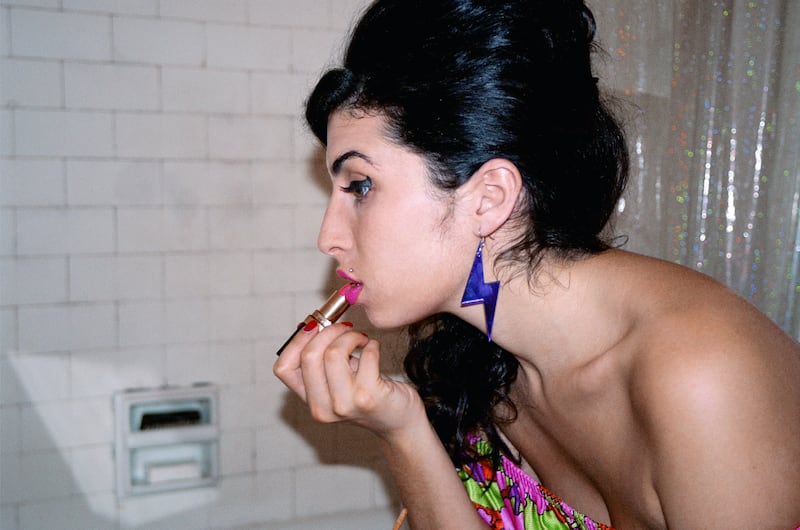
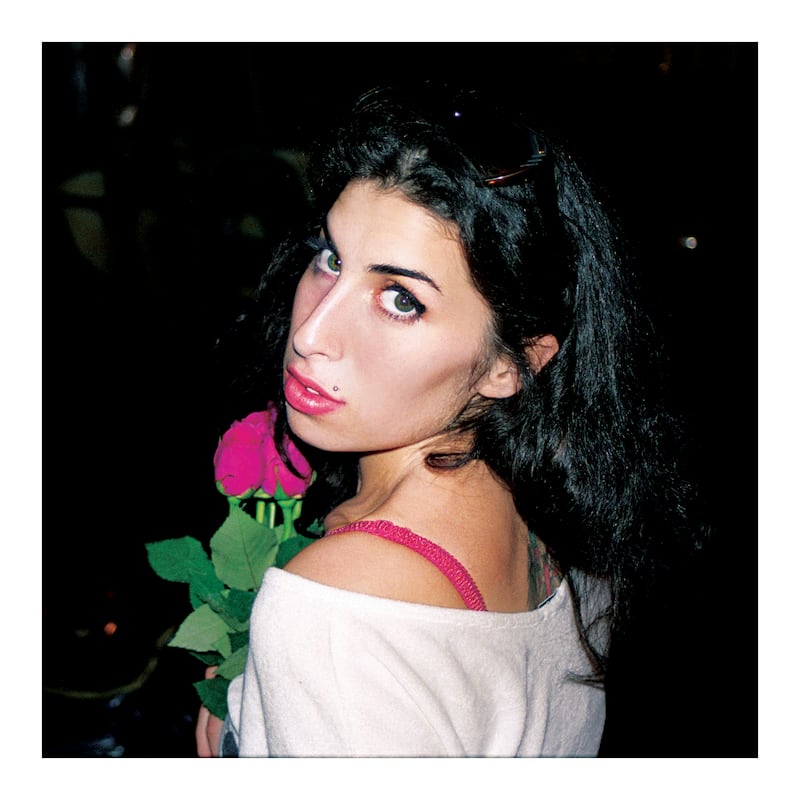
Moriarty was born there in 1981 to Irish parents but, just a year old, returned with them to be “bounced around” southside Dublin. Ballsbridge, Ranelagh, Dún Laoghaire, Monkstown, Glenageary – the changes of scenery gathering pace when he was five and his parents broke up.
Moriarty’s father, raised in Bradford, is of Kerry stock; his cousin runs Helen’s Bar in Kilmacalogue, reportedly offering Ireland’s cheapest pint of Guinness. His mother grew up in Clondalkin with Cork roots and, when Moriarty was 12, left Dublin and returned to London.
Despite a turbulent family life with two brothers and a sister, Moriarty remembers his upbringing as “ridiculously privileged”, peaking with his arrival at Clongowes Wood college in Co Kildare.
After some bullying in first year he grew up enough by second – literally and metaphorically – to keep the bullies at bay. As a backup plan, he found a protective shield-cum-invisibility cloak.
“I had my dad’s old camera and in the final two years I would take pictures at events, of lads being idiots,” he remembers.
Though he knew he was gay from about the age of six, Moriarty says the hostile atmosphere he perceived in Ireland made him effectively turn himself off.
“You work at presenting a falsehood,” he says, “doing whatever you can do to fall in line with whatever is going on around you, you hide in plain sight.”
In the era of marriage equality and gender fluidity, it is easy to forget just how socially unacceptable homosexuality was in Ireland as recently as the 1990s. Confronted with that version of Ireland’s intolerance of difference, Catholic-related shame over sexuality and fear-ignorance surrounding HIV/Aids, Moriarty, though not religious, remembers trying to “pray away the gay”.
Looking in from London three decades later, he salutes the many Irish activists who have flipped the narrative, in particular Rory O’Neill, also known as Panti Bliss. Panti’s address from the Abbey stage a decade ago last February, Moriarty thinks, “made clear that people are entitled to their opinion but it doesn’t mean you should tread on others’ lives”.
He fled Ireland for London the day after his Leaving Certificate, moved in with his mother and blagged his way into Goldsmiths’ College to study English and the history of art. Shy and closeted, Moriarty wouldn’t study photography until later and his camera remained a social crutch at student parties.
Those Goldsmith art studies inform his photographic work to this day, allowing him to draw on compositional rules and ideas of the great painters even in very modern settings.
When a friend filmed a scene recently for the amateur porn site OnlyFans, Moriarty agreed to take pictures, “but only if I could drape it like a Caravaggio backdrop and do something interesting”.
“I like the idea of flinging together what they call low and high art,” he says. “I search to disarm to a degree, to get past the outer shell we all have, to find the human in all of us.”
That is what he thinks made the difference when, brought together by a mutual friend, Amy plonked down at his kitchen table in Spitalfields. Applying her make-up she complained to Moriarty about previous photographers who hadn’t been able to deliver what was she was after. And what was that?
“She said she wanted something authentic, she didn’t want to be a cookie-cutter artist being churned out by the industry,” he remembers.
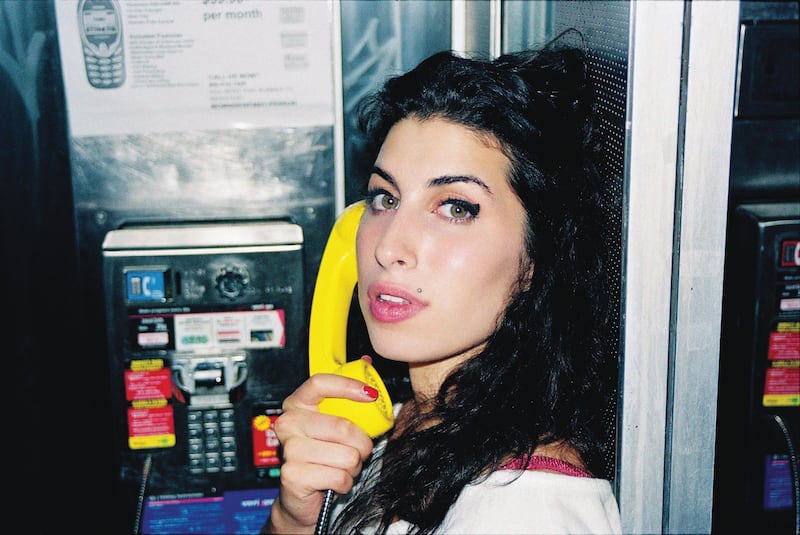
The young Irishman was nervous – a nobody sitting opposite a nobody determined to go places – so, as the twilight sun turned golden, they headed out to shoot a test roll, bumped into a neighbour and borrowed their two Scottish terriers.
“That distraction got us over the hump of fear, of trying to find the connection,” he said, and an image from that test shoot became the album cover of her debut album, Frank.
A month later they connected again, this time on the opposite side of the Atlantic, in New York City, where a tropical rainstorm dashed their hopes of a daytime photo shoot on the city streets.
While they waited, drinking wine and eating Chinese takeaway, they became friends. It was that time, holed up together, that created an ease in each other’s company. That is what he thinks made the pictures work.
“By next morning we were hungover and laughing about it all on the bathroom floor,” he reflects.
Two months after their New York encounter Amy’s first single came out; the album – with his cover image – followed, a stream of positive reviews rolled in and Amy Winehouse launched.
The two remained friends but lost touch as success brought her new friends, touring and a second album. Moriarty still remembers his first time hearing Rehab on the radio and saying, “she is about to go stratospheric”.
She did. Then drink, drugs, bad romance, worse decisions and tabloid harassment all dragged her down again at speed. Her death certificate from July 2011 says Winehouse, aged just 27, died of alcohol poisoning. Charles thinks Amy died “maybe from a bit of a broken heart”.
“It makes me sad that she died alone in that big house in Camden. I don’t know if part of her didn’t want to be here any more,” he says, “or if, in her head, she was going to get up, go to the shops, hang out with her mates and play pool.”
[ Amy Winehouse, my godmother: I couldn’t talk about her for yearsOpens in new window ]
He hopes the new biopic will work as a piece of art, but wonders aloud if it has come too soon. Today Moriarty is an in-demand fine art photographer with a focus on documenting his own relationships and his connections to men, as well as landscapes and still lifes, with an upcoming show at the Chelsea Flower Show.
His male portraits, striking and playful images with a whiff of the erotic, are, he says, motivated by “a search for an intimacy, a connection that is not sex-based, I don’t think of my work as sexy”.
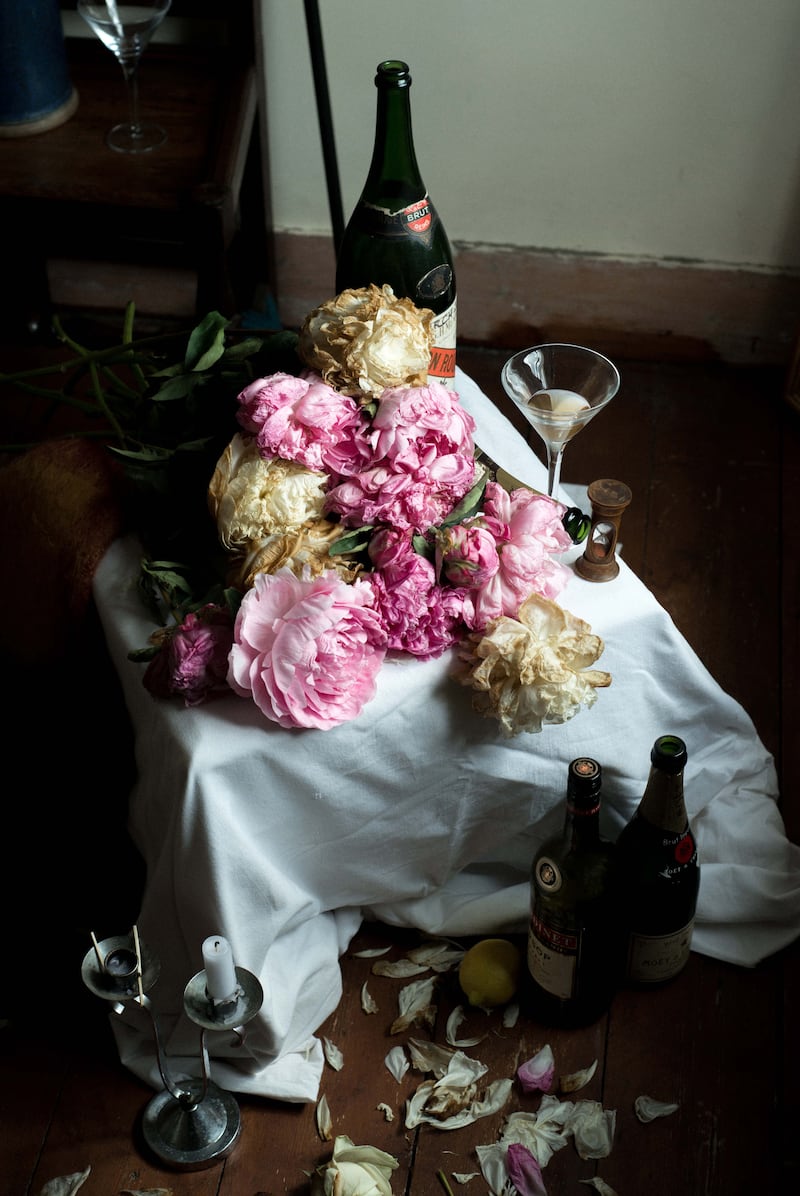
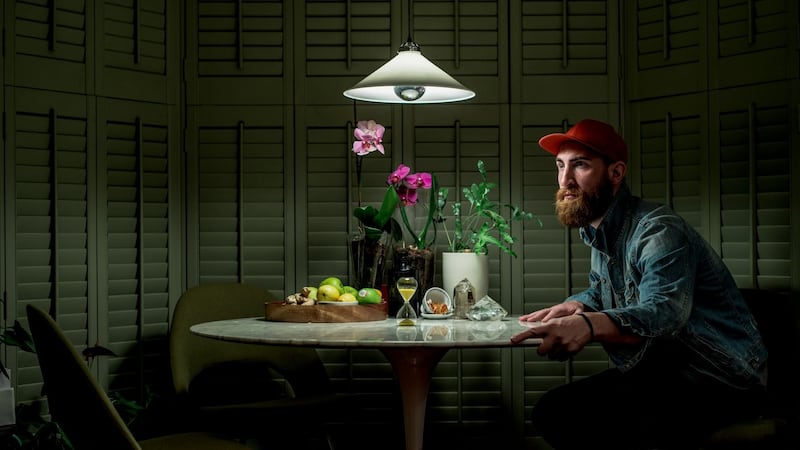
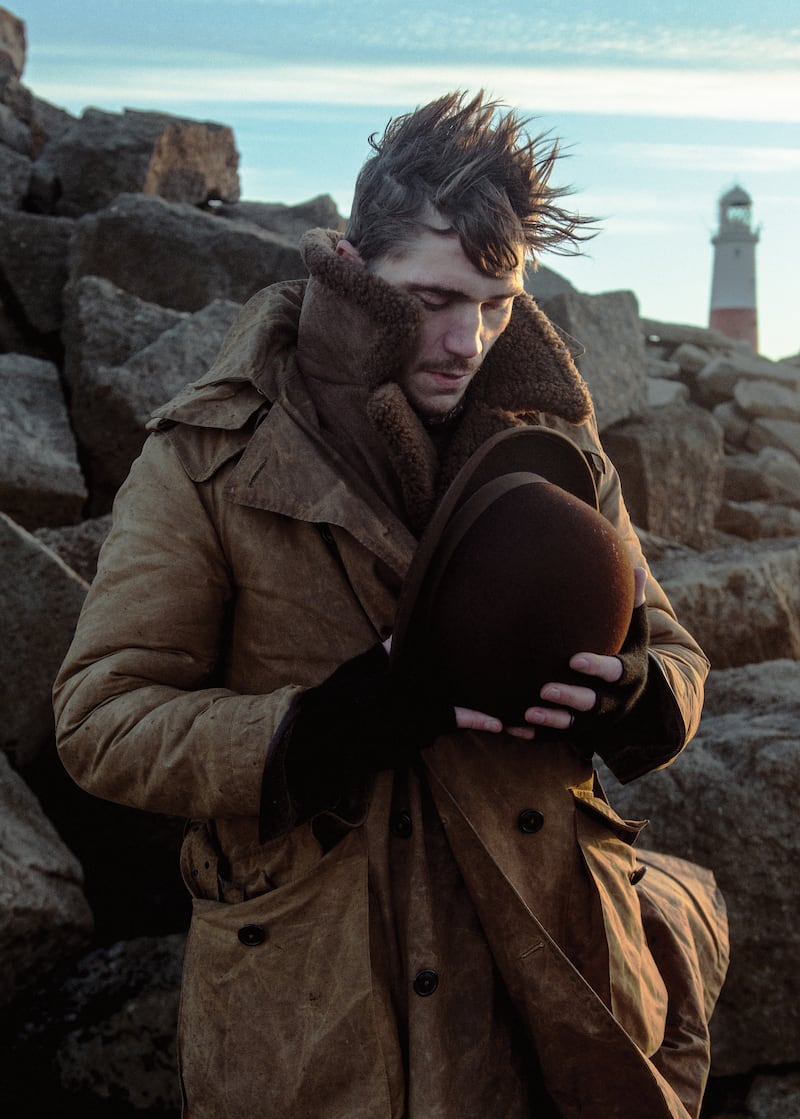
The intimacy is what stands out from the Winehouse images – even if it is impossible to see them now without hindsight of the tragedy awaiting her.
For his current Berlin exhibition curator Marc Iven sensed Moriarty’s ambivalence at the Winehouse pictures and suggested presenting them as fleeting moments in an old-fashioned slide projector – an idea Moriarty embraced.
“People always want to see those images so this is a way of having her in the room – but where she is not the main feature,” says Moriarty.
[ Amy Winehouse: "The clues were in the songs. The songs tell you everything"Opens in new window ]
In the end the Irish photographer has made his peace with the images he once set aside. He sees them now as a crucial turning point in his own development – and a happy reminder of a New York night nearly 8,000 midnights ago.
“Eventually the rain stopped and we went out into a wet, glistening SoHo night, Amy running in and out of bars to change clothes, stopping for Margueritas somewhere; I was legal, she wasn’t,” he laughs.
“Amy was a catalyst for me. My six-year-old niece has one of my pictures of Amy on her bedroom wall. She’s too young for her music now, but I’m excited already for the day I can introduce her to the girl on the wall.”
Charles Moriarty’s Amy Winehouse images are published in the photography book Before Frank, his male portraits in the limited edition book X. His work is on display at the Iconic Images Gallery, London. His show of 60 works at Geistesblüten in Berlin runs until the end of May. charlesmoriarty.com




















